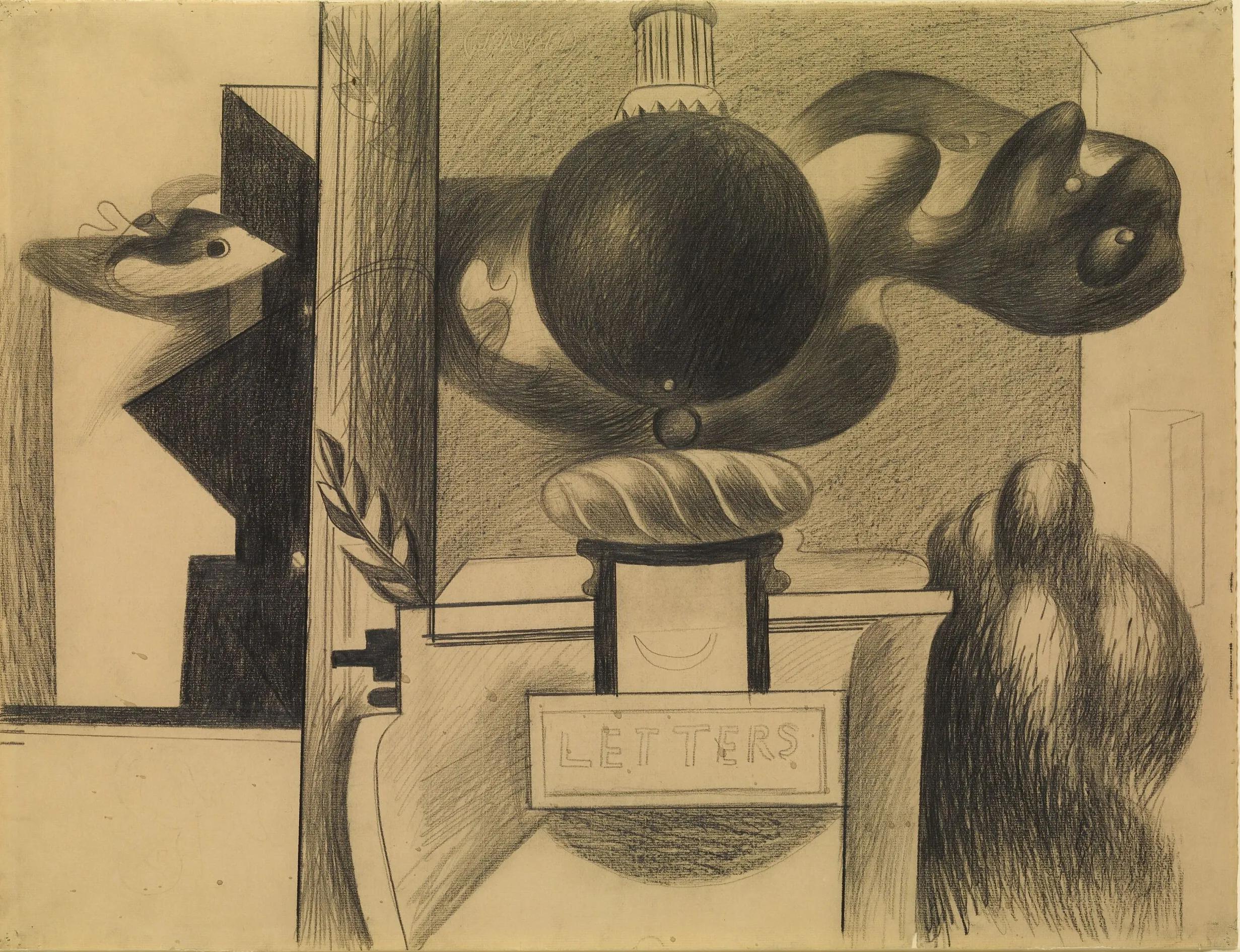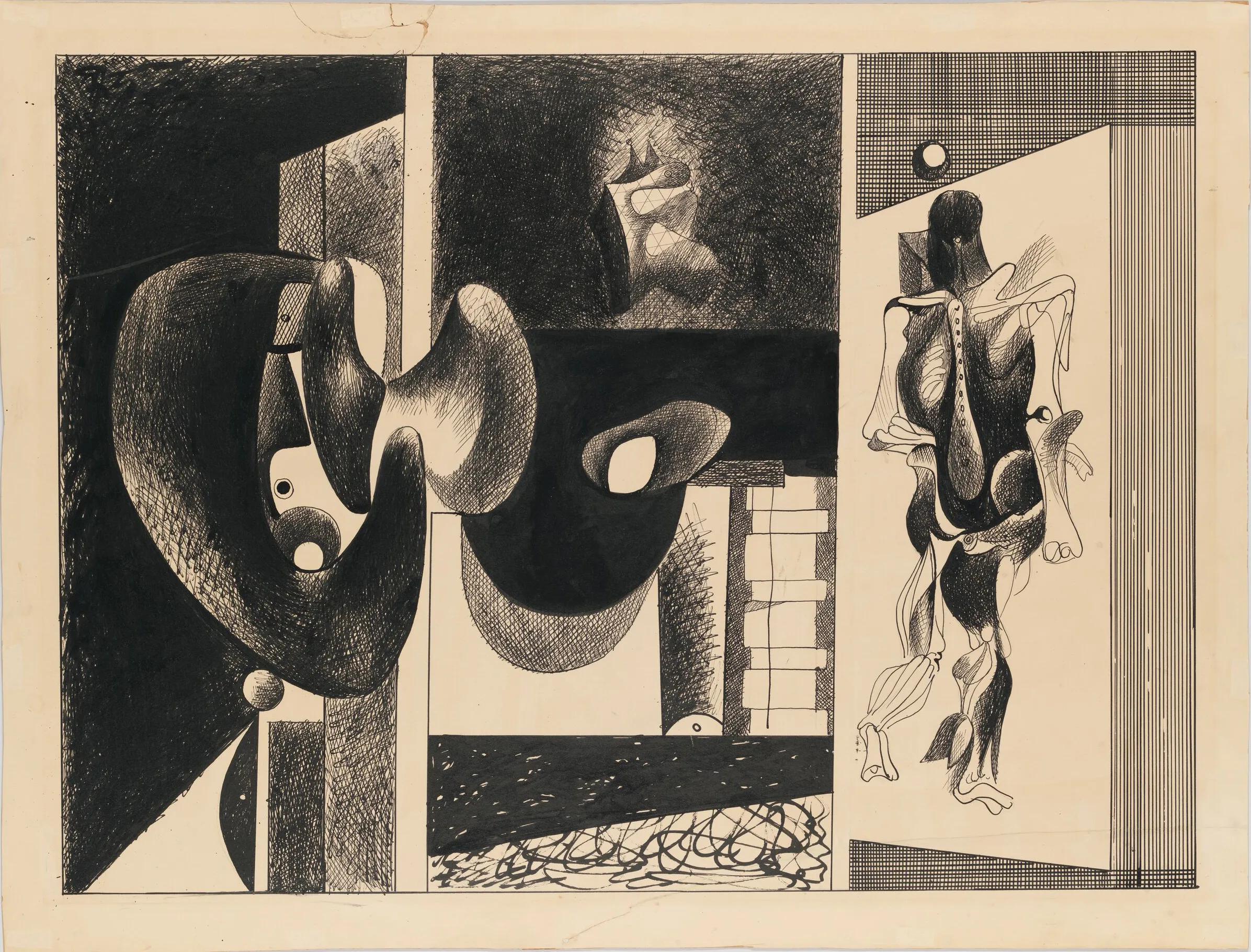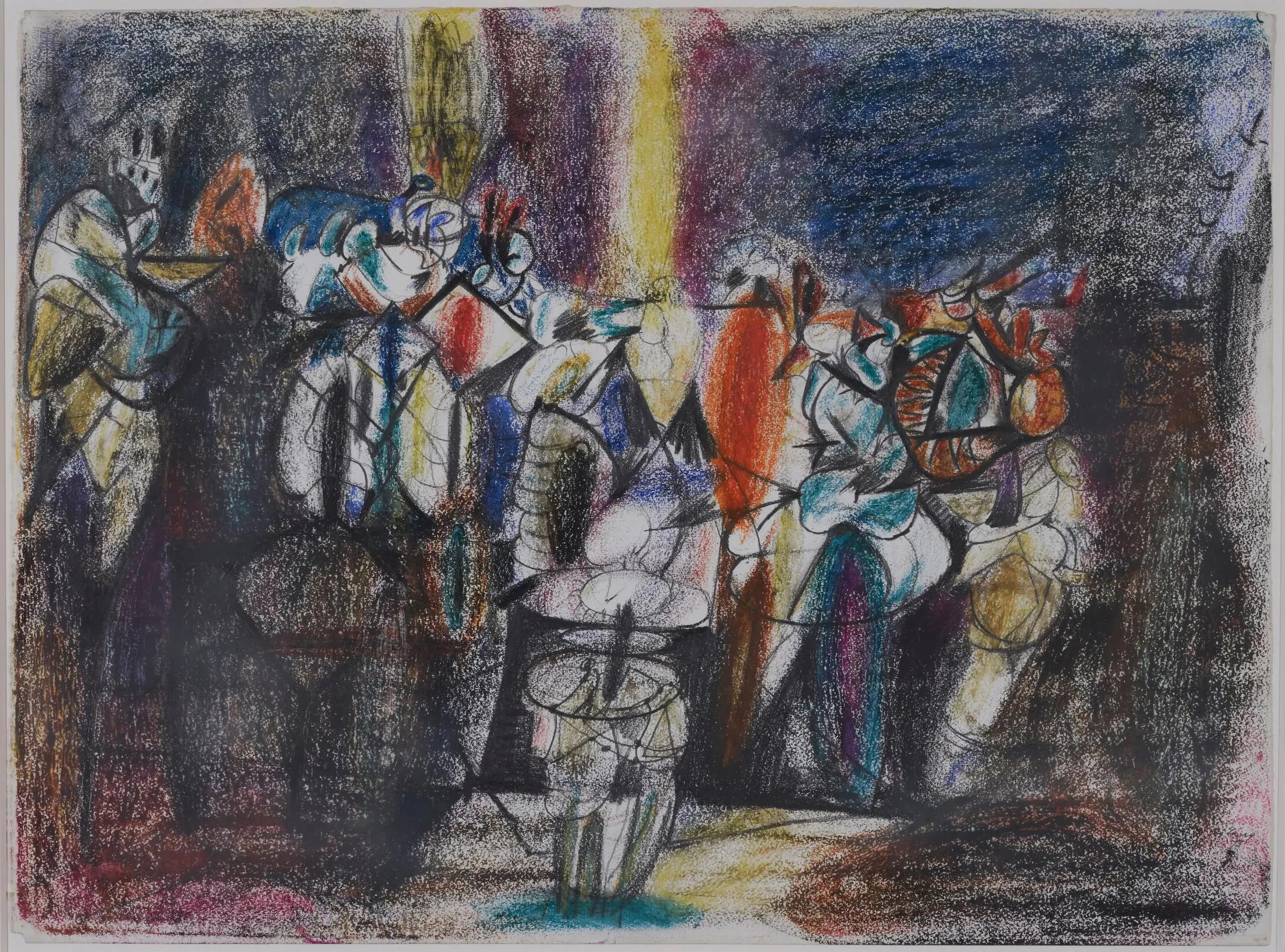In the fall of 1924, a young Armenian painter and refugee named Vosdanig Manuk Adoian moved to New York City and gave himself a new name: Arshile Gorky. With that gesture, the artist (c. 1904 – 1948) embarked upon a journey of self-reinvention and aesthetic innovation that would parallel New York’s own transformation from an emerging city into a surging metropolis and a cultural epicenter.
About the exhibition
‘Arshile Gorky. New York City’ will present paintings and works on paper, many not seen in over 40 years, that spotlight the master’s development of an artistic language that ultimately would be as singular—and consequential—as the American city that was his home.
Immersing himself in his adopted city and its artistic community of the mid-1920s, Gorky befriended the painters Stuart Davis, John Graham and Willem de Kooning while studying the works of antique, early modern and contemporary masters, such as Paul Cézanne, Pablo Picasso, Paolo Uccello and painters of Fayum mummy portraits. Through Gorky’s prescient and deliberate rejection of originality, his work in the United States began by reflecting—and often outright quoting—the diversity of these artists as well as the cityscape of Manhattan.

Our exhibition includes works from several of Gorky’s series, including ‘Nighttime, Enigma, and Nostalgia’ (1930-1936), ‘Organization’ (1933 – 1937) and ‘Image in Khorkom’ (1936 – 1939), that encapsulate Gorky’s early efforts to refine a style that in its appropriation of various movements became, paradoxically, a vehicle for self-expression. As Gorky’s stature in New York’s art scene grew, he was increasingly inspired by, first and foremost, cubism and the mechanomorphic forms associated with Dada, surrealism and the works of Francis Picabia and Jean (Hans) Arp.

‘Organization’ series
In the ‘Organization’ series, he fused mechanical lines and circuitry with rhythmic curves and ovoid shapes of varying density to depict the traditional subject of an artist at work in a studio. So, too, with ‘Untitled (Still Life on Table)’ (c. 1936-37), in which thickly painted black lines—simultaneously organic and rigid—carry on the long history of the genre.

Image in Khorkom
c. 1934-36

Untitled (Still Life on Table)
c. 1936-37

Throughout the 1930s, Gorky also worked on various mural projects in connection with the Public Works of Art Project (PWAP) and the Works Progress Administration's Federal Art Project, most notably for Newark Airport (1937) and New York World's Fair (1939).

Beginning in 1943, Gorky turned toward the rural environment, spending his summers in Virginia—where the family of his wife, Agnes Magruder, had a farm—and later in rural Connecticut. Using the same discriminating gaze he developed in the city, but with nature as a new source of inspiration, Gorky’s style flourished and matured into lyrical masterpieces such as ‘Untitled (Virginia Pastel)’ (c. 1943) and ‘Untitled (Carnival)’ (1943). Returning to his previous experiments with automatic drawing, he combined the sensory effects of his rural surroundings with memories of his childhood abroad, as they had crystallized in his new American life.

Untitled (Drawing, Agony)
c. 1947

Untitled (Painting)
c. 1947–48
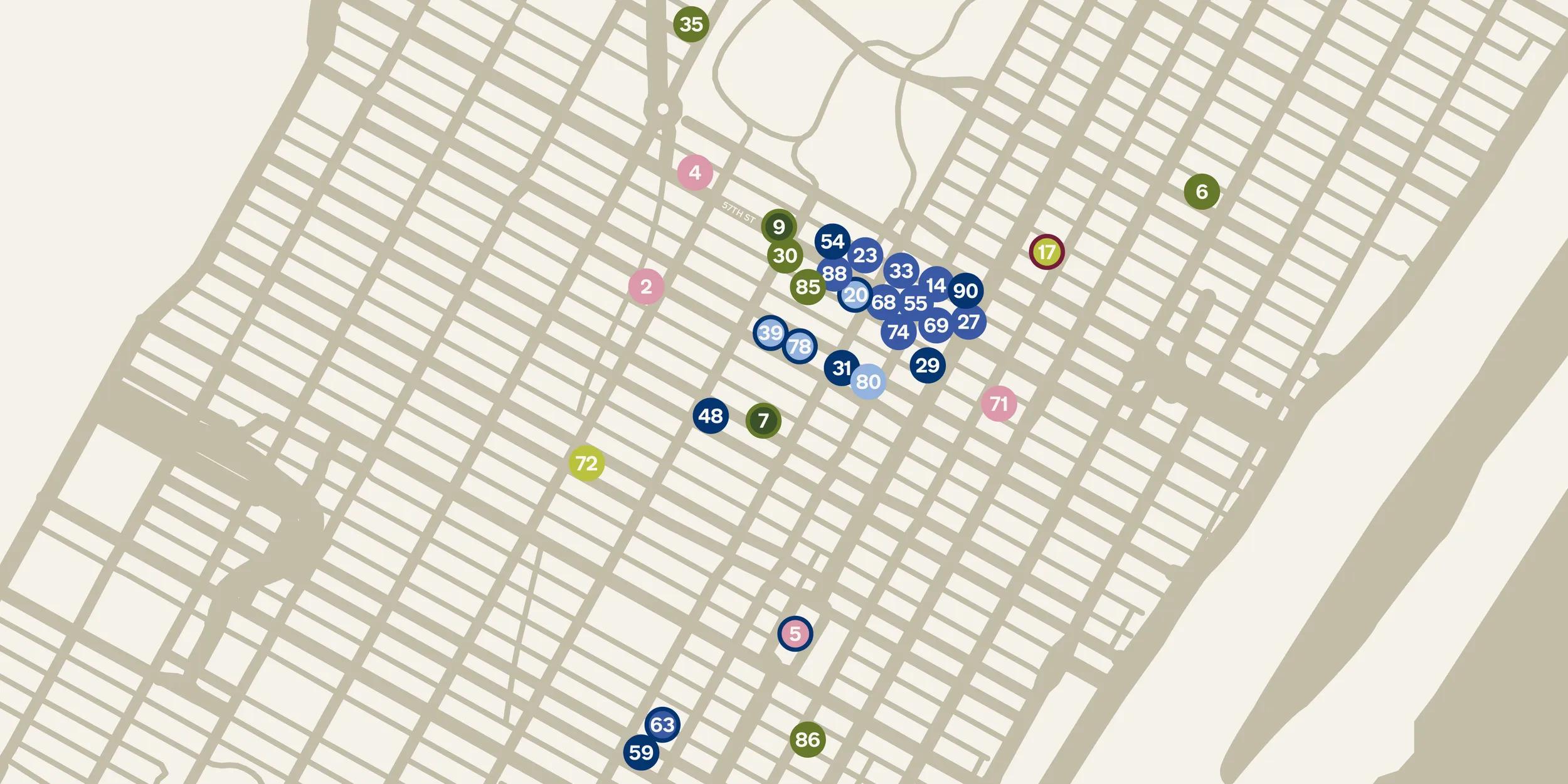
Gorky’s New York 1924 – 1948
This map selectively illustrates Gorky’s relationship to New York City, the place that nurtured his vision and which he, in turn, transformed with his unique approach to art making.
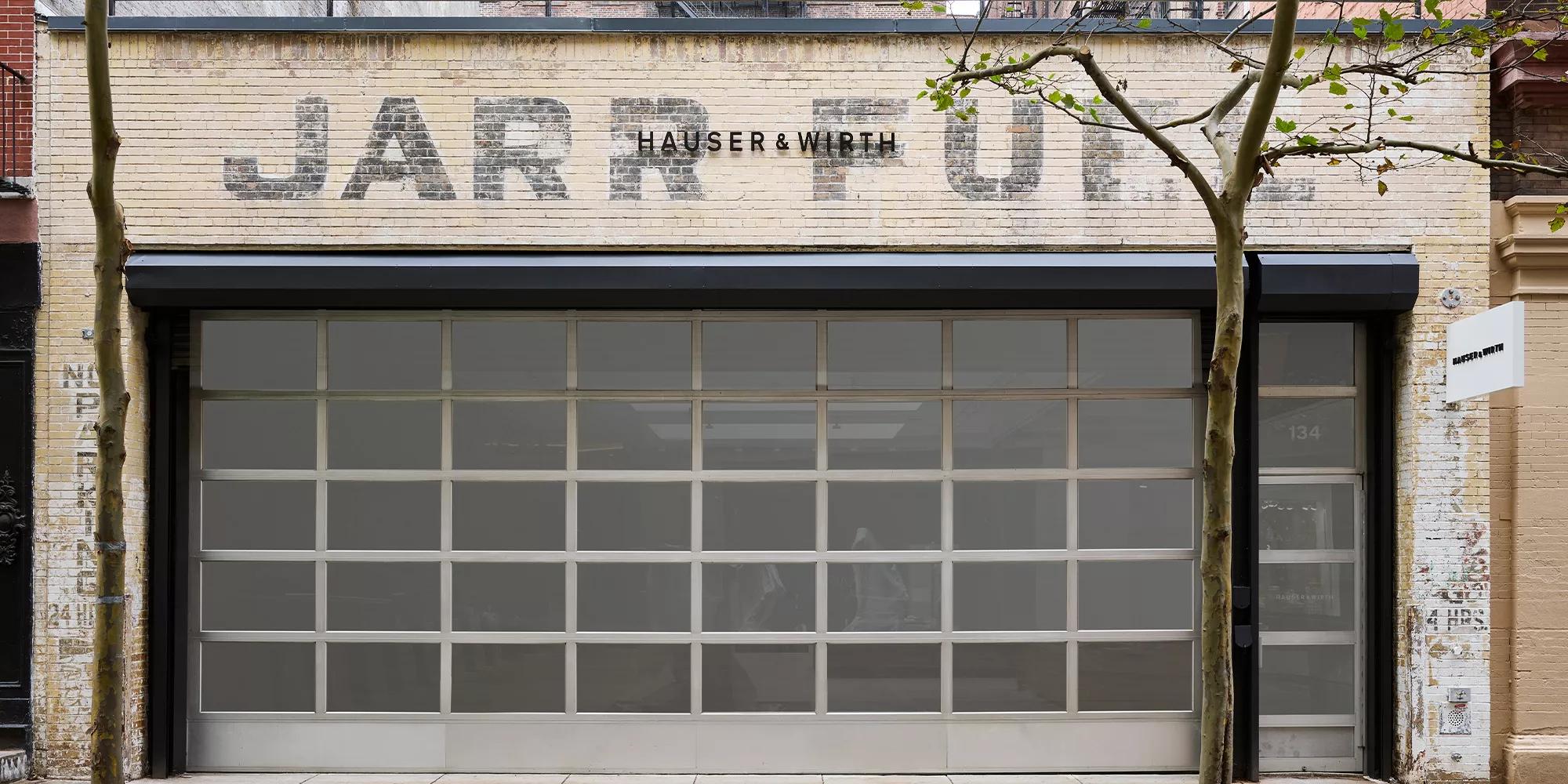
On view at New York, Wooster Street
‘Arshile Gorky. New York City’ is on view at New York, Wooster Street until 26 October 2024.
Related Content
About the Artist

Arshile Gorky
Arshile Gorky was born an ethnic Armenian in Khorkom, Van, Ottoman Empire (present-day Türkiye) in c. 1904. Fleeing the genocide that claimed the life of his mother, he immigrated to the United States as a teenage refugee in 1920. After four years with relatives in Massachusetts, Gorky moved to New York and changed his name in honor of the celebrated Russian poet. Refusing all categories, whether artistic or political, as necessarily reductive, Gorky forsook assimilation in favor of celebrating his otherness, becoming a central figure of the cultural milieu of a city on the brink of Modernism.
After a decade of working in New York, where he achieved a prominent position as a leading artist, Gorky initiated a series of studies and paintings observed from nature while on holiday in Connecticut first, and then over two summers at a farm in Virginia. Frequently returning to fragmentary and idealized elements of his early life, Gorky incorporated memories from his childhood as well as his adult fears and desires, among the reality of his surroundings.
Current Exhibitions
1 / 9

